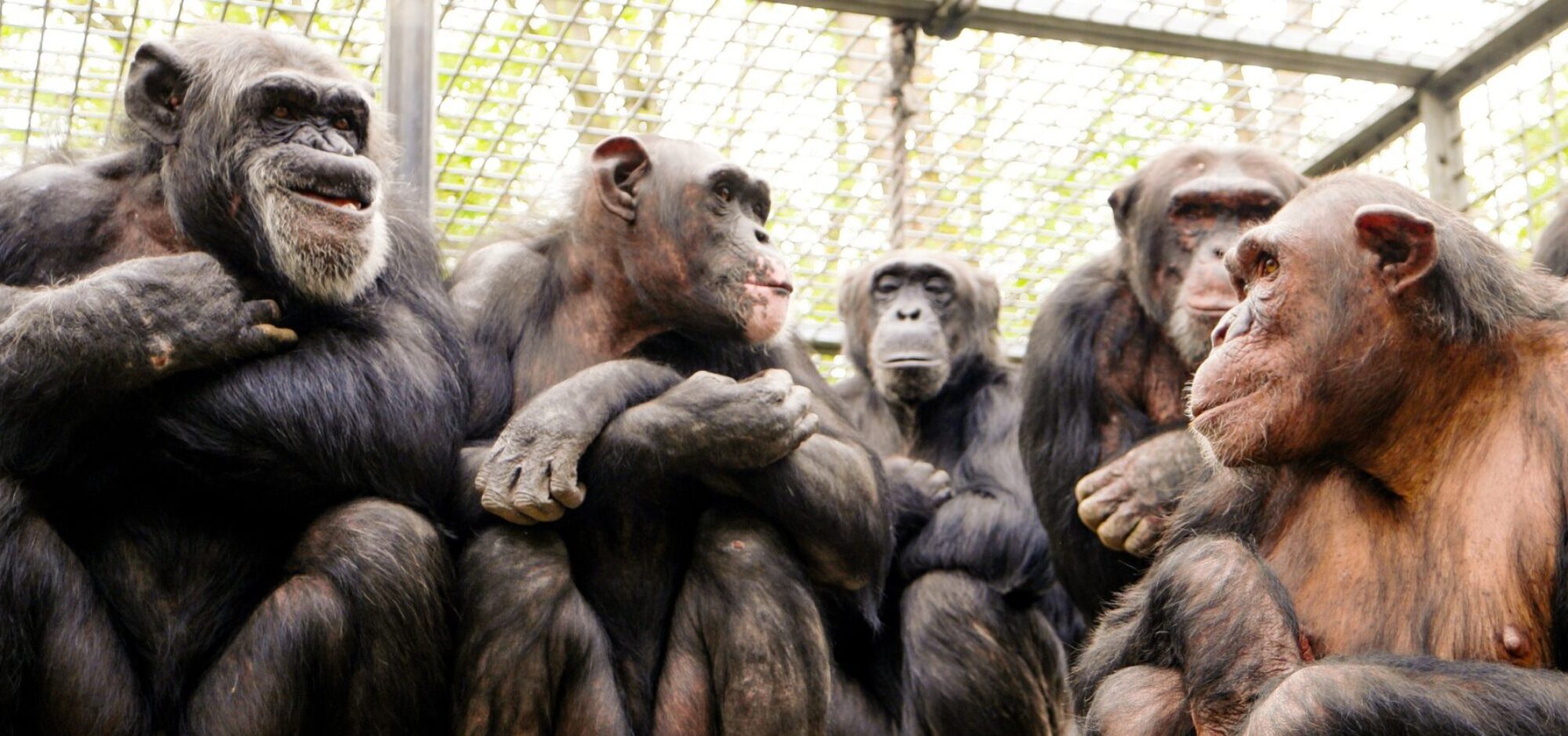“Trump, the politics of fear and racism: How our brains can be manipulated to tribalism
by Arash Javanbakht
Associate Professor of Psychiatry, Wayne State University
The Conversation
(…)
Fear is arguably as old as life. It is deeply ingrained in the living organisms that have survived extinction through billions of years of evolution. Its roots are deep in our core psychological and biological being, and it is one of our most intimate feelings. Danger and war are as old as human history, and so are politics and religion.
I am a psychiatrist and neuroscientist specializing in fear and trauma, and I have some thoughts on how politics, fear and tribalism are intertwined in the current events.
We learn fear from tribe mates
Like other animals, humans can learn fear from experience, such as being attacked by a predator, or witnessing a predator attacking another human. Furthermore, we learn fear by instructions, such as being told there is a predator nearby.
Learning from our tribe mates is an evolutionary advantage that has prevented us from repeating dangerous experiences of other humans. We have a tendency to trust our tribe mates and authorities, especially when it comes to danger. It is adaptive: Parents and wise old men told us not to eat a special plant, or not to go to an area in the woods, or we would be hurt. By trusting them, we would not die like a great-grandfather who died eating that plant. This way, we accumulated knowledge.
Tribalism has been an inherent part of human history, and is closely linked with fear. There has always been competition between groups of humans in different ways and with different faces, from brutal wartime nationalism to a strong loyalty to a football team. Evidence from cultural neuroscience shows that our brains even respond differently at an unconscious level simply to the view of faces from other races or cultures.
At a tribal level, people are more emotional and consequently less logical: Fans of both teams pray for their team to win, hoping God will take sides in a game. On the other hand, we regress to tribalism when afraid. This is an evolutionary advantage that would lead to the group cohesion and help us fight the other tribes to survive.
Tribalism is the biological loophole that many politicians have banked on for a long time: tapping into our fears and tribal instincts. Abuse of fear has killed in many faces: extreme nationalism, Nazism, the Ku Klux Klan and religious tribalism have all led to heartless killing of millions.
The typical pattern is to give the other humans a different label than us, perceive them as less than us, who are going to harm us or our resources, and to turn the other group into a concept. It does not have to necessarily be race or nationality. It can be any real or imaginary difference: liberals, conservatives, Middle Easterners, white men, the right, the left, Muslims, Jews, Christians, Sikhs. The list goes on and on.
(…)
Fear is uninformed, illogical and often dumb
Very often my patients with phobias start with: “I know it is stupid, but I am afraid of spiders.” Or it may be dogs or cats, or something else. And I always reply: “It is not stupid, it is illogical.” We humans have different functions in the brain, and fear oftentimes bypasses logic. In situations of danger, we ought to be fast: First run or kill, then think.
This human tendency is meat to the politicians who want to exploit fear: If you grew up only around people who look like you, only listened to one media outlet and heard from the old uncle that those who look or think differently hate you and are dangerous, the inherent fear and hatred toward those unseen people is an understandable (but flawed) result.
(…)
By scaring us, the demagogues turn on our aggression toward “the others,” whether in the form of vandalizing their temples, harassing them on the social media, of killing them in cold blood.
When demagogues manage to get hold of our fear circuitry, we often regress to illogical, tribal and aggressive human animals, becoming weapons ourselves—weapons that politicians use for their own agenda.
The irony of evolution is that while those attached to tribal ideologies of racism and nationalism perceive themselves as superior to others, in reality they are acting on a more primitive, less evolved and more animal level.”
